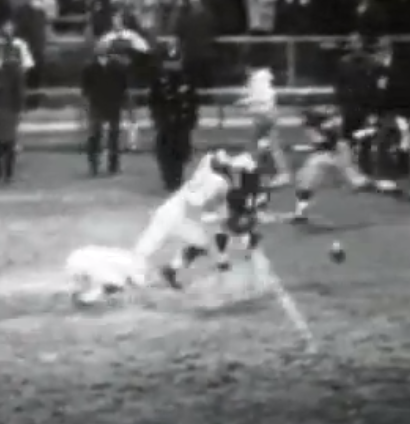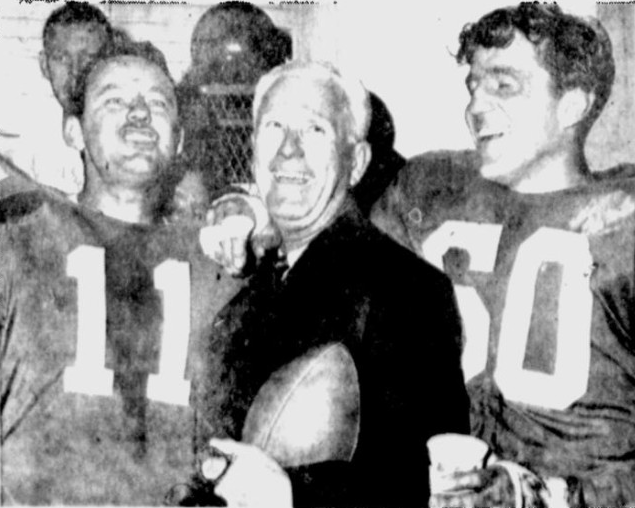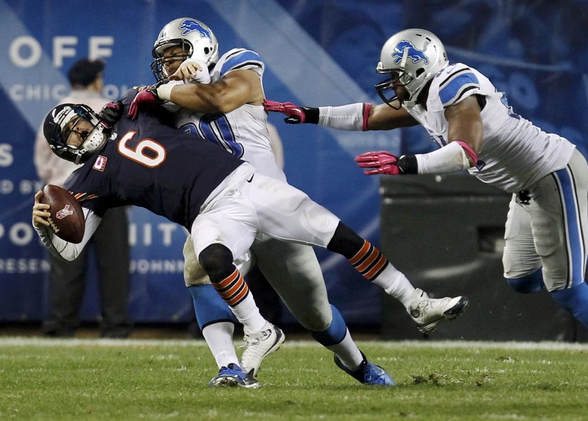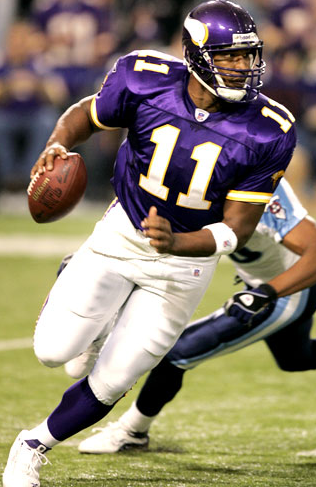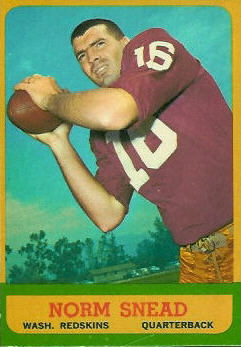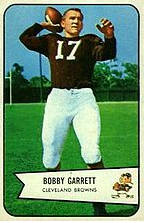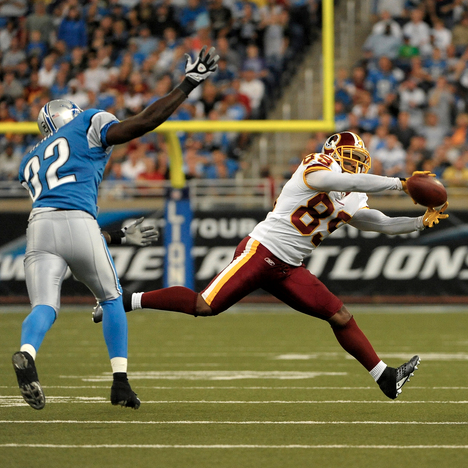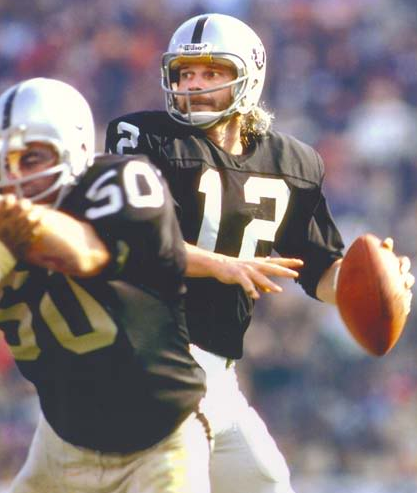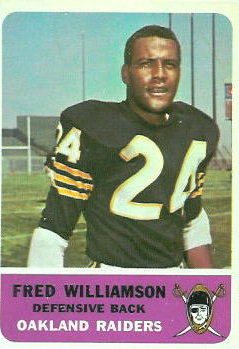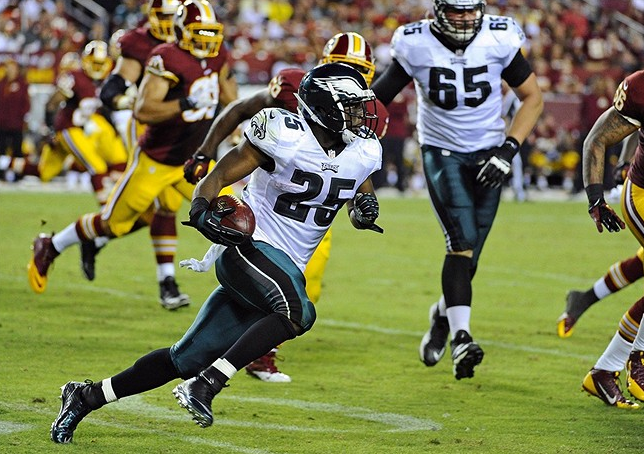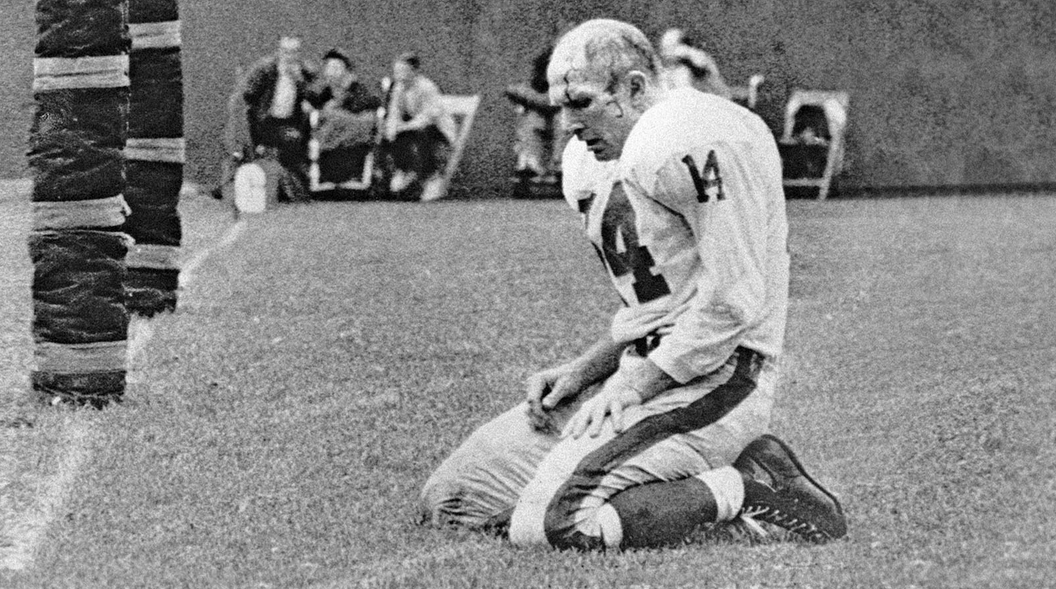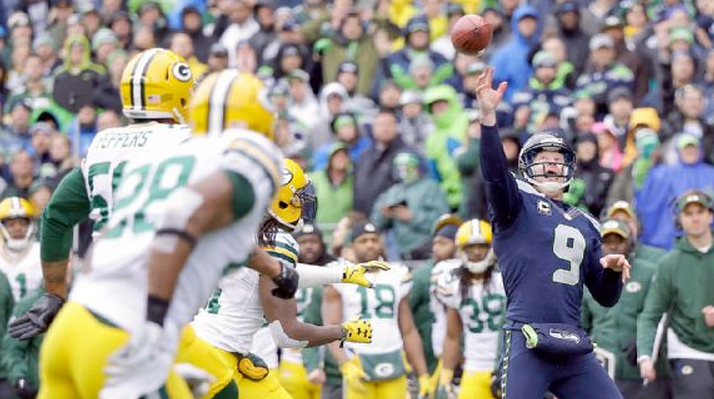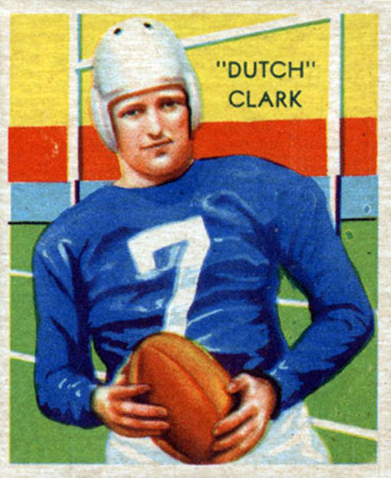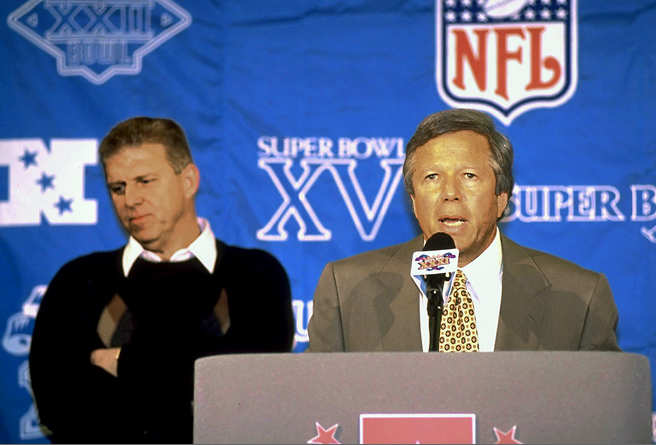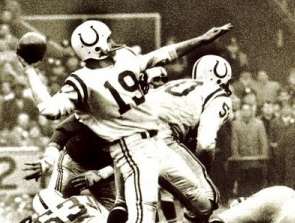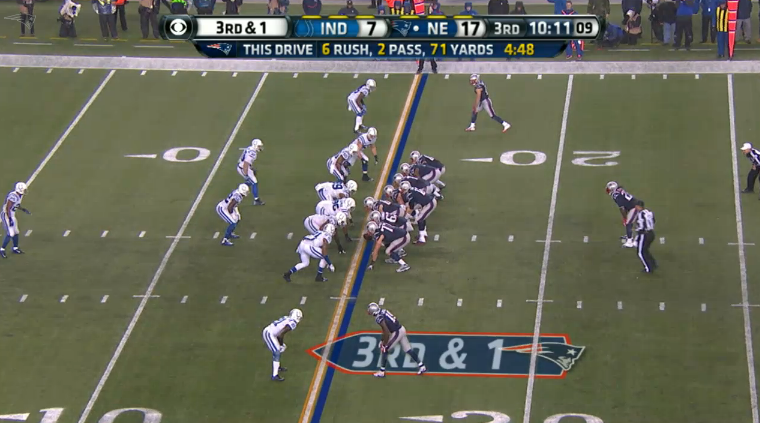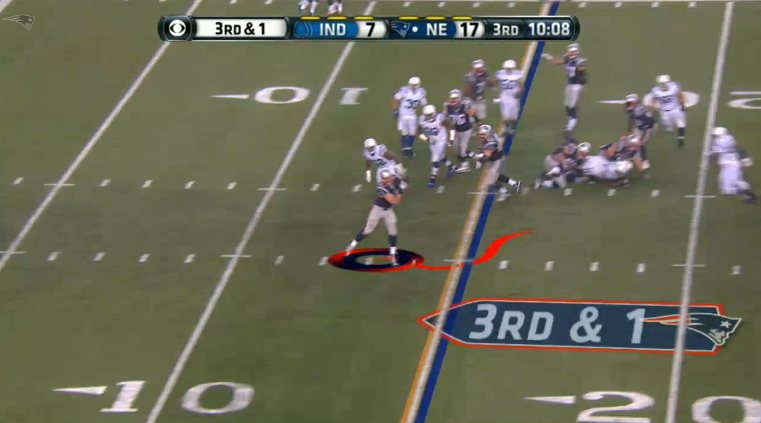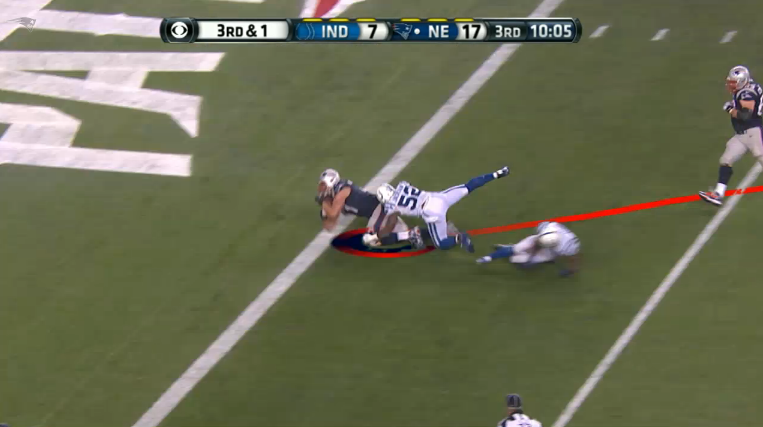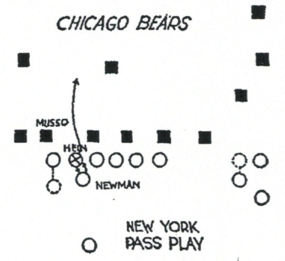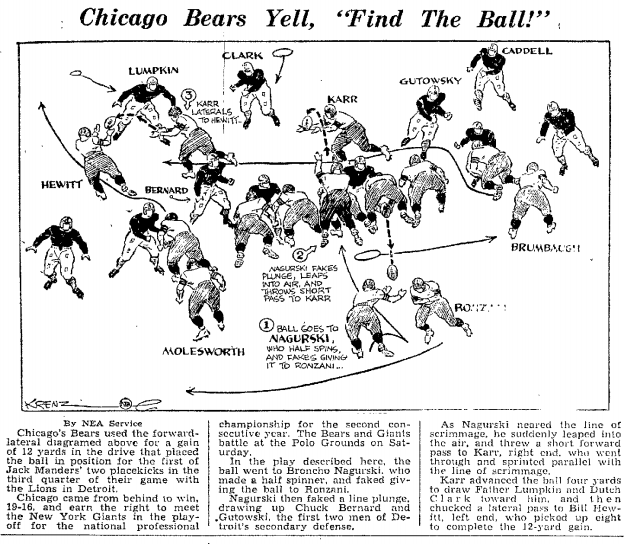It’s at the spring meetings that the NFL attends to its rule book — and reminds fans that “We’ll decide what is and isn’t a catch.” What’s far more interesting, though — to me, anyway — are some of the rules that have been rejected over the decades, especially in the formative years. Let me run down a handful of them, just for fun. You’ll be amazed at some of the proposals.
● 1938 — Some in the league were concerned about the increasing proficiency of punters. Their ability, “from inside midfield,” to knock the ball out of bounds inside the 10 was too often putting the opponent “strictly on the defensive with no chance to open up offensively,” The New York Times reported. “. . . The coaches . . . do not consider this a matter of skill and feel it restricts the offensive aspects of the game until a score is made [by the defense] or the half ends.”
The proposed solution: declare such a punt a touchback, “just as if it had gone over the goal line,” which would enable the offense to start from the 20 instead of being pinned deep in its own territory.
Every attempt was being made in those days to unshackle offenses. The previous season, after all, fewer than 26 points had been scored in the average game. But this particular rule change never got off the drawing board.
● 1941 — The NFL still had limited substitution in the early ’40s, and it was up to the umpire to make sure teams didn’t sneak more players into the game than they were allowed. The rules committee actually considered the “installation of an honor system among coaches in regard to the number of substitutions so as to lighten the duties of the umpire,” The Associated Press said.
● 1944 — AP: “Earl Cavanaugh, veteran league head linesman, is sponsoring the proposal for awarding a point for a ‘field goal’ on a kickoff. Among other things, he says, this would discourage out-of-bounds kickoffs, which slow up the game.”
Let’s not forget, you kicked off from the 40 then, and the goal posts were on the goal line. With a little wind at your back, especially, you had a decent chance to score an extra point.
● 1945 — Steelers owner Bert Bell and Eagles coach Greasy Neale pushed for the adoption of sudden-death overtime to cut down on the number of tie games. The New York Times: “The rules committee said in rejecting the proposal . . . that the league hardly had enough players now for 60 minutes of competition.”
That’s right, the NFL considered regular-season overtime at least 29 years before it was voted in. The league was rightly concerned, though, about having “enough players” to get through games. Rosters were only 33 that season, and many guys didn’t get discharged from the military until the fall.
● 1953 — International News Service: “National Football League club owners . . . voted last night against a boost from six to seven points for a touchdown and elimination of the extra point.”
● 1955 — Redskins owner George Preston Marshall wanted to “abolish the use of any and all types of facemasks,” AP reported. He was convinced they caused more injuries than they prevented.
By the mid-‘50s, of course, almost all players were wearing a mask — and with good reason: They wanted their driver’s-license photo to look as good as possible. When the wire service took an informal poll of the Washington roster, it found that 32 of 33 players disagreed with their boss.
“If they took my facemask away,” tackle Don Boll said, “I’d quit football. I broke my nose seven times in college when I didn’t have a mask. The University of Nebraska spent $1,250 on me for plastic surgery.”
Defensive back Norb Hecker added: “With the Rams I lost six teeth, which were accidentally kicked out. I also fractured my left cheekbone. For a mask? Yes, sir.
● 1957 — Someone floated the idea of “allowing the punter [to stand] no more than 10 yards behind the line of scrimmage,” according to AP. “The latter change was designed to eliminate too many fair catches by forcing quicker punts and keeping more men on the line to block.”
● 1958 — This was the year college football added the two-point conversion. “The rule,” Time magazine said, “was designed to cut down tie games, give leading teams a chance to exert extra pressure and trailing teams a better chance to catch up.” NFL owners turned thumbs down on the proposal initially (though the AFL embraced it when it started up in 1960).
Cardinals general manager Walter Wolfner looked at it this way: “The ball has to be moved an awful long distance for six points, so why only three yards for two points?”
The league eventually changed its mind, but it wasn’t until 1994 — 36 years later. Some things take time.
At any rate, this year’s rule discussions were pretty mundane compared to other meetings. Maybe the owners should have reconsidered “awarding a point for a ‘field goal’ on a kickoff.”

